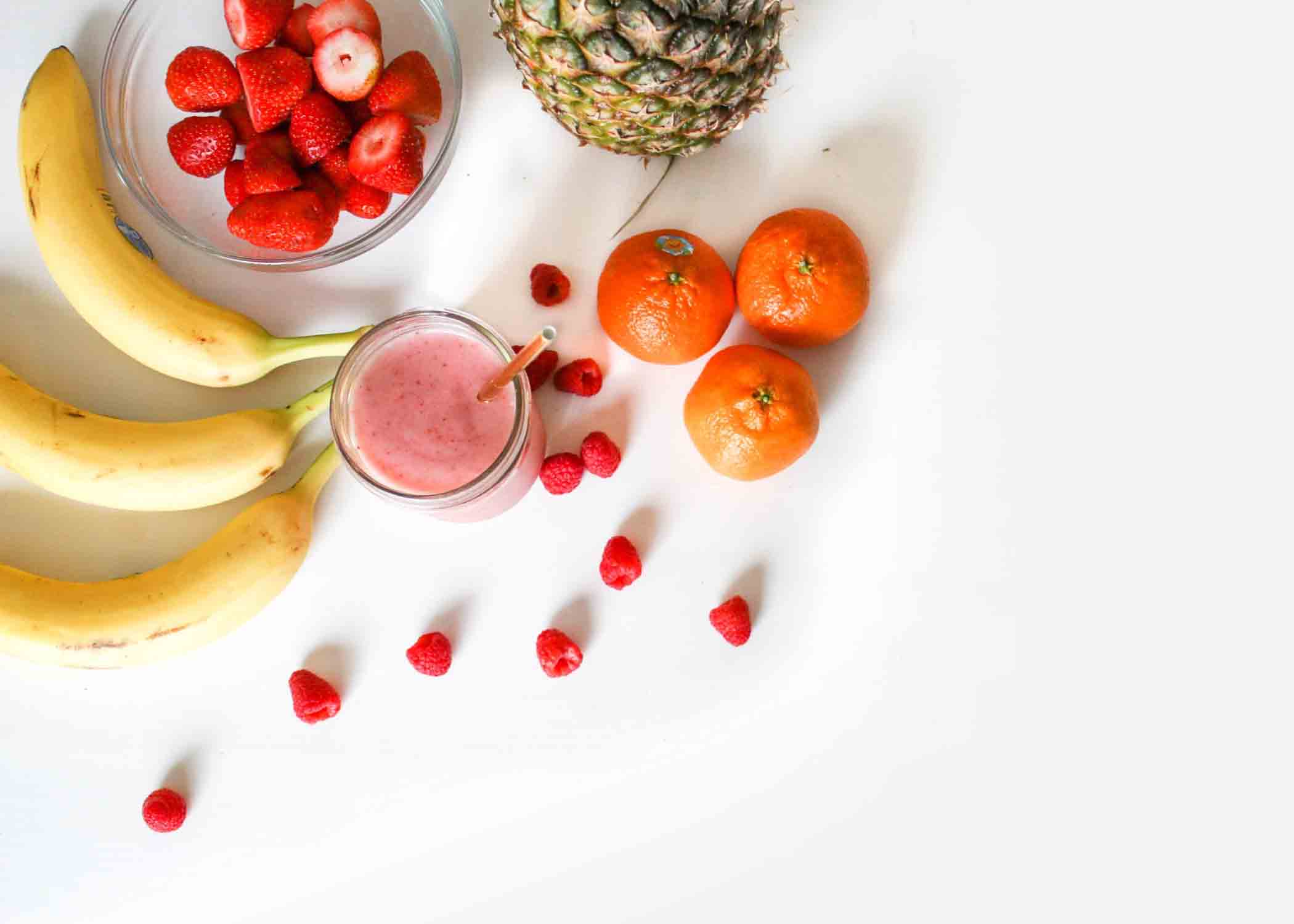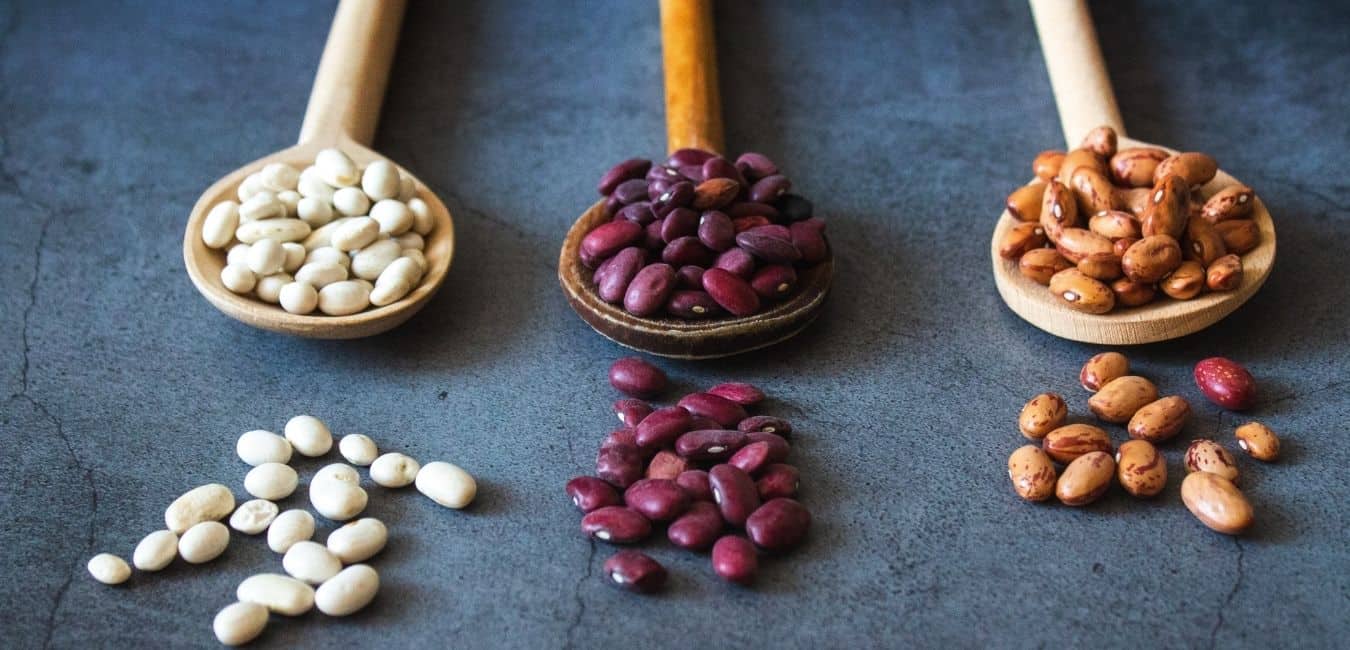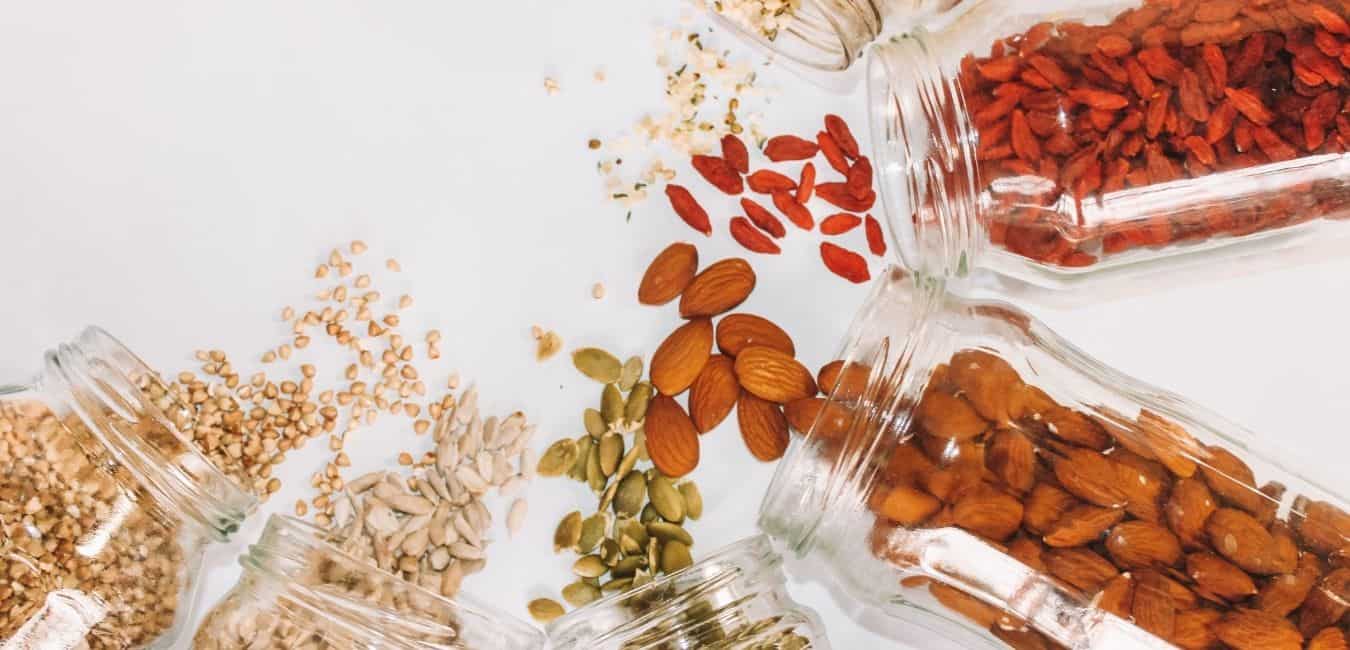Not Seeing Results from Pilates? Here’s Why (and What to Do About It)
You’ve been doing Pilates for months — maybe even longer. You’re consistent, you show up, and you know the moves. So why aren’t you seeing real change? This is one of the most common concerns I hear as a certified Pilates instructor in NYC, especially from women in midlife: “I feel good, but I don’t … Read more












